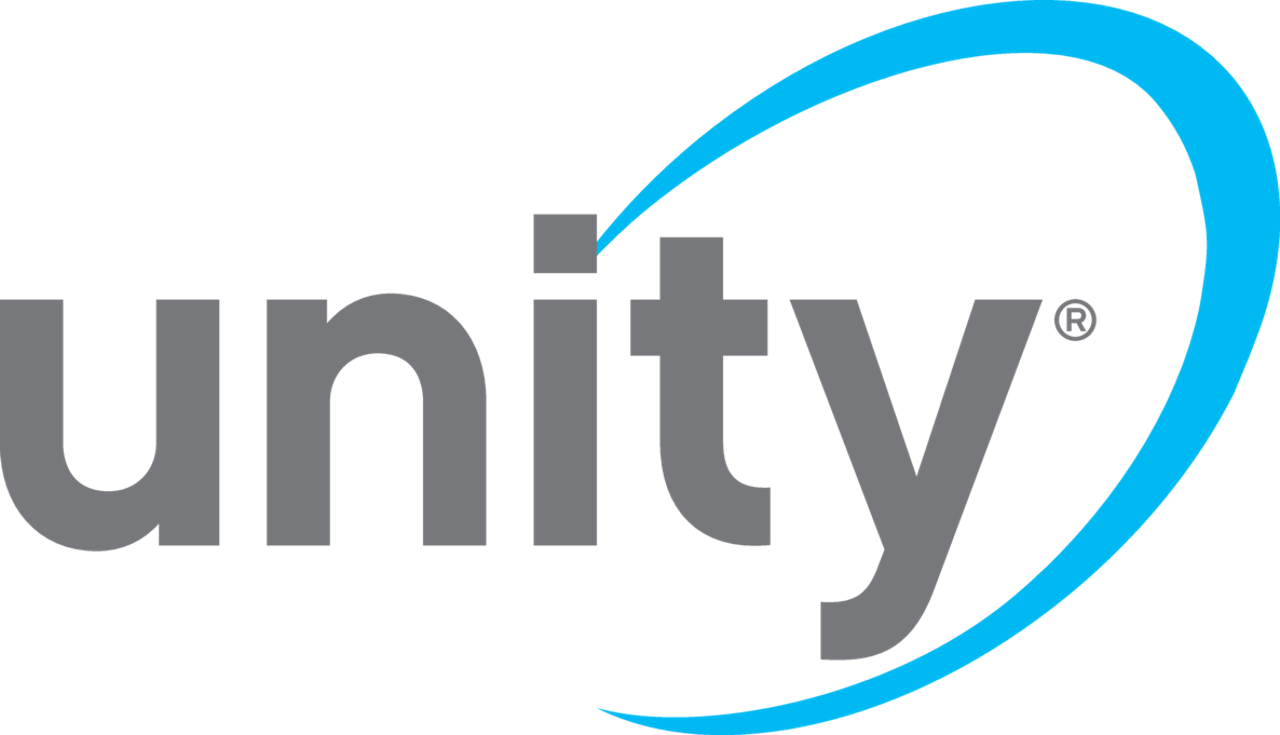|
Have you thought about trying variable progressive lenses but worried they won’t work for your patients? Maybe your peers won’t stop talking about the ease of dispensing them, or how patient adaptation is practically effortless, with fewer redos.
So, is a variable progressive lens right for you? The Challenges of Early Progressives
Progressive lenses have evolved significantly since their introduction in 1959, when the biggest challenge facing lens designers was how to provide the desired add power without lines and ledges. Another shortcoming was the inability to create separate right and left designs, resulting in a lens profile that was exactly alike. Most designs were difficult for patients to adapt to due to the narrower working zones. Other issues disrupted the overall binocular focus and peripheral astigmatism, resulting in many patients complaining of swim and blur, and further increased the high non-adapt rates.
Image source: UUniversity
Fitting these progressives properly was also a challenge. While opticians typically focused on corridor length, early progressive lens options were based on fitting heights. This caused confusion since corridor length does not equate to fitting height. Only standard long corridor or a compact, short corridor lenses were available. Unfortunately, short corridor designs often delivered poor peripheral acuity, inadequate intermediate utility, excessive image swim, and insufficient reading comfort.
Image source: UUniversity
The consequence of limited options, paired with the complexity of fixed-corridor designs frequently resulted in visual compromises:
Free-Form Technology Ushers in a New Era
Thanks to the advent of free-form technology, today’s modern progressives feature asymmetrical designs, providing separate configurations for both right and left lenses. Variable lens technology has conquered many of the limitations of fixed-corridor lenses, offering patients more of what they expect and demand from their progressive lenses: good critical, dynamic and binocular vision in addition to ergonomic utility with regard to comfort and ease of use.
Unity Via II: A New Paradigm in Progressives
For patients, Unity Via II’s larger reading and intermediate fields enhance visual acuity and comfort, especially when working on multiple digital devices. Adaptation to the lenses is typically effortless, enabling patients to quickly see their best at all distances. This results in increases patient satisfaction and reduces redos, addressing two of the biggest pain points expressed by ECPs[1].
The Magnificent Seven
So, what makes these progressive lenses so special? Unity Via II utilizes state-of-the-art lens processing equipment and advanced digital lens designs to deliver the most precisely crafted prescription possible. Seven innovative technologies (four original Unity Via and three new Unity Via II technologies), help create an ideal balance of all the components needed to create a successful progressive lens.
Taking advantage of Unity Via II lenses’ ease of use allows you to focus more on patient care, rather than stressing over corridor selection. Simply provide the fitting measurements and the sophisticated software handles the rest! The result . . . best visual performance and, subsequently, increased patient satisfaction. The Choice is Yours
The Unity Via II suite of progressive lenses features different levels of visual performance to meet the needs and preferences of your presbyopic patients. With all the available options, you can feel confident in offering your patients an everyday progressive enhanced for today’s demanding visual needs.
0 Comments
Your comment will be posted after it is approved.
Leave a Reply. |
Don't Miss Out!
Subscribe to the In_Sight Newsletter to get the latest blog posts delivered directly to your inbox. Popular Posts
5 Digital Eye Strain Hacks to Enhance Patient and Practice Experience Changing Your Preferred Progressive Lens: A Blueprint for A Successful Switch (Part I) How Unity Via Helped this New Jersey Practice Overcome Change Anxiety Categories
All
|
©2024 Plexus Optix, Inc. All rights reserved.
Unity, SunSync, and TechShield are registered trademarks of Plexus Optix, Inc. All other brands or marks are the property of their respective owners.
Use of these marks, names, logos, and/or brands does not imply endorsement.
Unity, SunSync, and TechShield are registered trademarks of Plexus Optix, Inc. All other brands or marks are the property of their respective owners.
Use of these marks, names, logos, and/or brands does not imply endorsement.
Website by Eyefinity





 RSS Feed
RSS Feed
